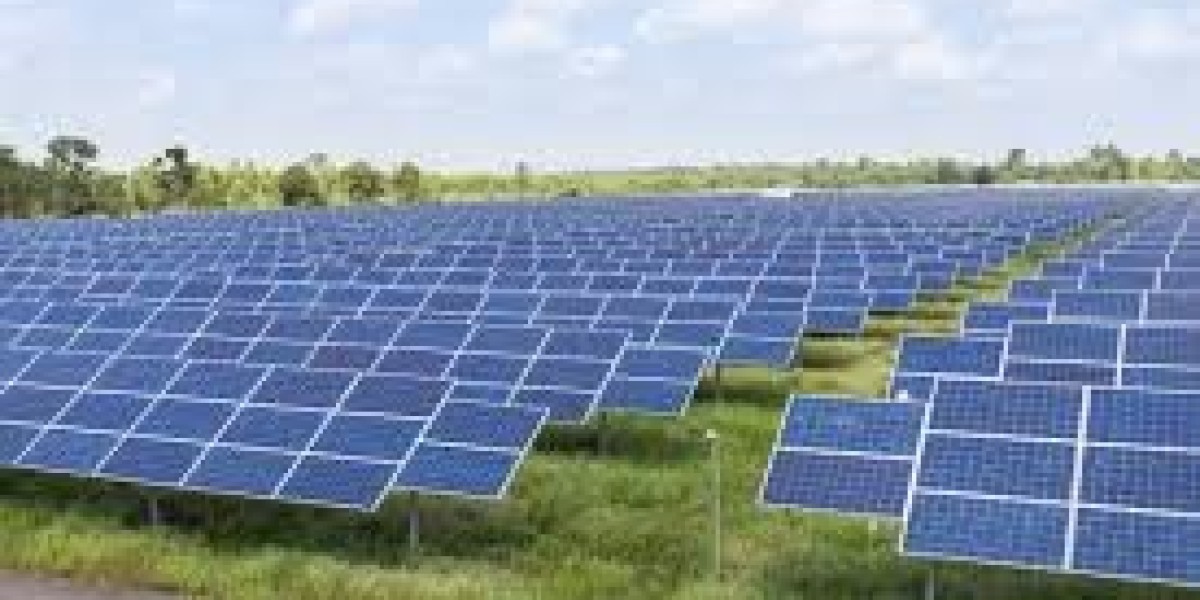A solar power system captures sunlight and converts it into electricity, offering a clean, renewable, and cost-effective source of energy. With increasing government incentives and growing environmental awareness, more people are shifting toward solar technology as a dependable energy choice.
What is a Solar Power System?
A solar power system is made up of several components that work together to generate electricity from the sun’s rays. These include solar panels, inverters, mounting structures, batteries (for storage), and monitoring devices. When sunlight strikes the panels, it generates direct current (DC) electricity, which is then converted into alternating current (AC) by the inverter—making it suitable for household or commercial use.
There are different types of systems, such as grid-tied, off-grid, and hybrid solutions. Grid-tied systems are connected to the utility grid, allowing you to export excess energy for credit through net metering. Off-grid systems operate independently, making them ideal for remote areas. Hybrid systems combine both approaches, offering flexibility and backup during power outages.
Introduction to Solar Rooftop Systems
A solar rooftop systemis a specific type of solar installation where panels are mounted directly on the roof of a building. This design utilizes unused roof space to generate electricity without occupying additional land. Rooftop systems are highly efficient for urban settings, where open land for large solar farms is scarce.
These systems can be installed on residential buildings, commercial complexes, educational institutions, and even industrial facilities. They not only reduce dependence on traditional electricity sources but also help in lowering electricity bills significantly.
Advantages of Installing a Solar Rooftop System
Cost Savings – Once installed, rooftop systems generate free electricity for decades, leading to substantial long-term savings.
Efficient Space Utilization – Rooftop solar makes the best use of existing space without altering building aesthetics.
Low Maintenance – With minimal moving parts, these systems require only periodic cleaning and inspection.
Eco-Friendly – By reducing reliance on fossil fuels, rooftop solar helps cut down carbon emissions.
Government Benefits – Various subsidies, tax rebates, and net metering policies make rooftop solar more affordable.
Factors to Consider Before Installation
Before opting for a solar rooftop system, certain factors must be evaluated:
Roof Condition – The roof should be structurally strong to hold the panels.
Sunlight Exposure – Maximum efficiency is achieved when panels receive direct sunlight for most of the day.
Energy Needs – Understanding your electricity consumption helps in designing the right system size.
Budget & Financing – Consider both upfront costs and available financing options.
Local Regulations – Ensure compliance with local building codes and electricity board requirements.
The Process of Installing a Solar Rooftop
Site Assessment – Experts evaluate roof orientation, tilt, and shade conditions.
System Design – A customized plan is created based on energy requirements and space availability.
Installation – Panels, inverters, and wiring are set up according to design.
Testing & Commissioning – The system is tested for efficiency and connected to the grid if applicable.
Monitoring – Advanced monitoring tools track energy production and usage.
Why Going Solar Makes Sense
Solar technology has advanced significantly over the last decade, making it more efficient and affordable than ever. In addition to cost savings, solar power provides energy independence, reduces the impact of rising electricity tariffs, and contributes to a sustainable future.
By making the switch now, homeowners and businesses can not only enjoy immediate benefits but also secure long-term energy stability. Whether it’s a large-scale commercial project or a small residential setup, solar systems can be customized to meet diverse needs.
Conclusion
Transitioning to solar energy is more than just a financial decision—it’s an investment in a cleaner and greener future. A solar power system, whether installed on a rooftop or in open space, ensures reduced carbon emissions and long-term energy savings. With growing environmental concerns and attractive government incentives, now is the perfect time to embrace solar technology and be part of the renewable energy revolution.








